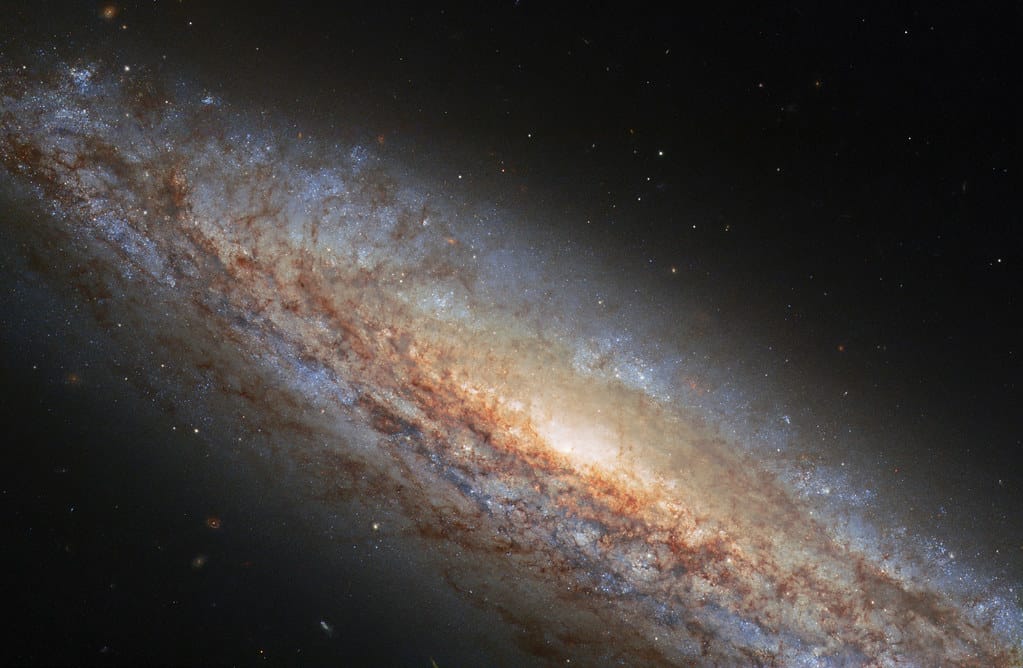Stellar Explosions Just Got More Explosive: Double Detonation Supernovae Rock Our Understanding of the Universe
When a star dies in a supernova explosion, it releases more energy in seconds than our Sun will produce in its entire 10-billion-year lifetime. But new research suggests some of these cosmic catastrophes are even more dramatic than we thought—involving not one, but two separate detonations that tear through the dying star like a cosmic one-two punch.
The Mystery of Type Ia Supernovae
For decades, astronomers have puzzled over Type Ia supernovae, some of the most important explosions in the universe. These stellar detonations serve as "standard candles" for measuring cosmic distances and helped scientists discover that the universe's expansion is accelerating due to dark energy.
The traditional model suggested these explosions occur when a white dwarf star—the dense remnant of a Sun-like star—accumulates material from a companion star until it reaches a critical mass and detonates. But this simple picture never fully explained all the observations astronomers were seeing.
Breaking: Double Trouble in Space
Recent computational models and observational data have revealed compelling evidence for a "double detonation" mechanism that could explain many puzzling features of Type Ia supernovae. This groundbreaking research, published in multiple studies over the past year, suggests that some white dwarf explosions begin with a smaller detonation in a helium layer on the star's surface.
"We're seeing evidence that there's a two-stage process," explains Dr. Ken Shen, an astrophysicist at UC Berkeley who has been studying these phenomena. "The first explosion in the helium shell creates a shockwave that compresses the white dwarf's carbon-oxygen core, triggering a second, much larger detonation."
How Double Detonations Work
The double detonation process unfolds in mere seconds:
Stage One: The Helium Ignition
A thin layer of helium on the white dwarf's surface reaches critical density and temperature, creating a relatively small explosion. This helium flash burns through the surface layer at speeds exceeding 10,000 kilometers per second.
Stage Two: Core Compression
The surface explosion sends a shockwave inward, compressing the white dwarf's dense carbon-oxygen core. This compression pushes the core past its stability threshold, triggering a second, catastrophic detonation that obliterates the entire star.
Evidence from the Cosmic Crime Scene
Several key observations support this double detonation model:
Spectroscopic Signatures: The Zwicky Transient Facility has detected unusual light patterns in several Type Ia supernovae that match double detonation predictions. These include specific wavelengths of light produced by helium burning, which shouldn't be present in traditional single-detonation models.
Explosion Asymmetries: Computer simulations show that double detonations create more asymmetric explosions than single detonations, matching observations of lopsided supernova remnants like Tycho's supernova remnant.
Brightness Variations: The double detonation model helps explain why some Type Ia supernovae are dimmer than expected—the helium layer mass affects the explosion's total energy output.
Implications for Cosmology
This discovery has profound implications for our understanding of the universe. Type Ia supernovae are crucial for measuring cosmic distances because astronomers assume they all have similar brightness. If double detonations create systematically different explosions, it could affect calculations of the universe's expansion rate and the properties of dark energy.
"We need to understand these explosions better to use them as precise cosmic rulers," notes Dr. Maria Rodriguez, a cosmologist at the Harvard-Smithsonian Center for Astrophysics. "The double detonation model gives us new tools to interpret what we're seeing."
The Bigger Picture
The double detonation mechanism also helps explain the diversity of Type Ia supernovae. Different helium layer masses and compositions could produce the range of brightnesses and spectral features observed in these explosions. This adds nuance to our understanding of stellar evolution and the chemical enrichment of galaxies.
Looking Forward
As next-generation telescopes like the James Webb Space Telescope and the upcoming Vera C. Rubin Observatory come online, astronomers will have unprecedented ability to study these cosmic explosions in detail. The double detonation model provides specific predictions that can be tested with these new observations.
The universe's most powerful explosions may be more complex than we imagined, but that complexity is helping us unlock deeper secrets about the cosmos. In the violent deaths of stars, we're finding new keys to understanding the very fabric of spacetime itself.
